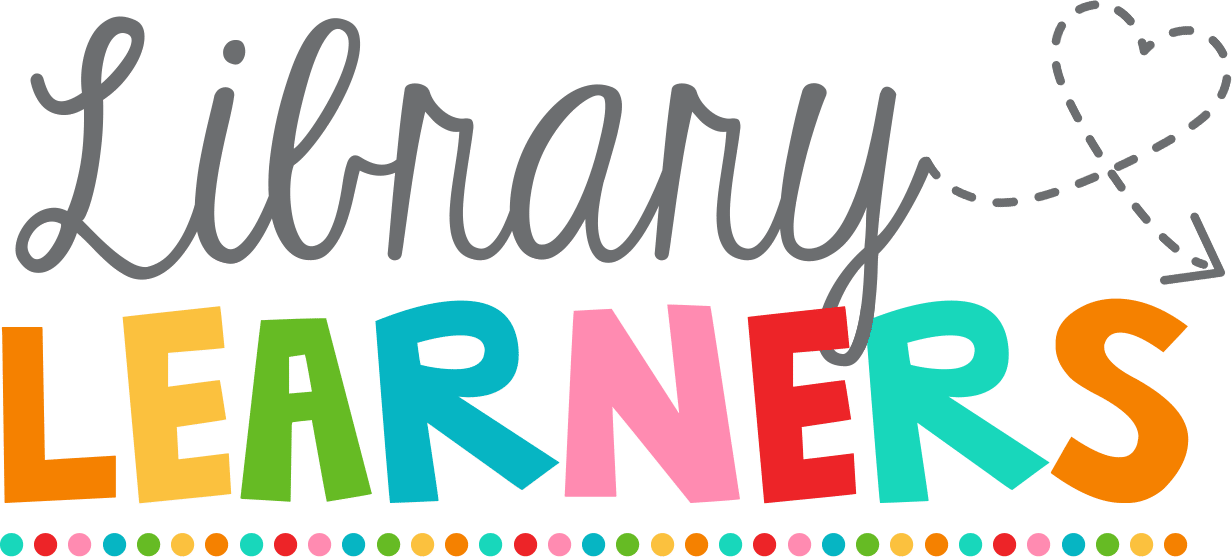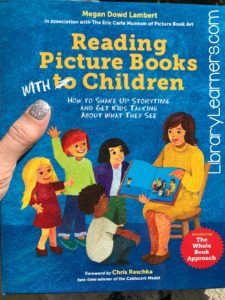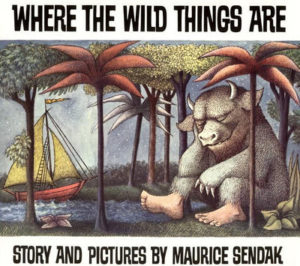Reading Picture Books with Children 6: Gutters
Hi friends!
I continue to be amazed by how the picture book parts that I’ve taken for granted all these years can stimulate such educational discussions! Once again, author Megan Dowd Lambert surprised me in Chapter 6 with her discussion of gutters: the vertical seam between the left and right (verso and recto) pages.
How Artists Deal With the Book Gutter
The artist gets to decide whether their art will stay on one page or spread across the gutter to take up two pages. When the illustration crosses the gutter, it slows the pace, asking the reader to stop and take in the big picture. After reading this book, I notice that I do tend to linger with my students on those double-page spreads, looking at the details in the artwork.
I like the author’s idea about using a bowling gutter to explain the concept of not wanting pictures to fall into the gutter. The teacher illustration from Brown Bear, Brown Bear, What Do You See? is perfect to show this idea.
Matthew Cordell, illustrator, discusses how he intentionally uses the gutter in his blog post: Hello! Hello! Get Your Mind in the Gutter! In his book, hello! hello!, the main character starts the book on the verso page, separated by the gutter and LOTS of white space.

Seeking a connection with someone, she reaches across the gutter to connect with a horse drinking at a stream.

We know that Lydia has made a connection when her new friend crosses the gutter and joins her on the same page!

(I found this book while researching this blog post, and now I need it for our collection!)
The gutter is a crucial part of the artistic composition, and something worth our lesson time!
The Use or Absence of Frames
Did you ever notice how framed illustrations impact how we connect with the book? I agree with the author that a frame creates distance between the book and its reader. Art that bleeds off the page seems to flow over into our own world. (Again, I hadn’t noticed this before reading this book, but now it seems obvious!)
I need to share Where The Wild Things Are with my students, and talk about the frames that shrink and expand. Media literacy is part of our Texas curriculum, and this picture book provides a great opportunity to talk about what the artist is trying to do when he or she “zooms in.”
Dynamic Between the Verso and Recto Pages
As you read picture books with YOUR students this week, take time to notice the dynamic between the verso (left) and recto (right) pages. Is the gutter pushing characters apart? Or are characters leaping across the gutter to connect on the same page?
For example, last week I read The Perfect Nest to my kindergarten and Pre-K students. Look how the baby birds chased Jack the cat across the gutter, trying to drag him back to the nest!
I’d love to hear about how you share “gutter talk” with YOUR students!






Thank you for your helpful insights. Prior to being in an elementary library setting I was in a college library. So I need to “reactivate” my creativity brain cells. You were recommended by a very special friend, Shari Markowitz. And I have found your blog to be very helpful. Thank you for sharing ideas.